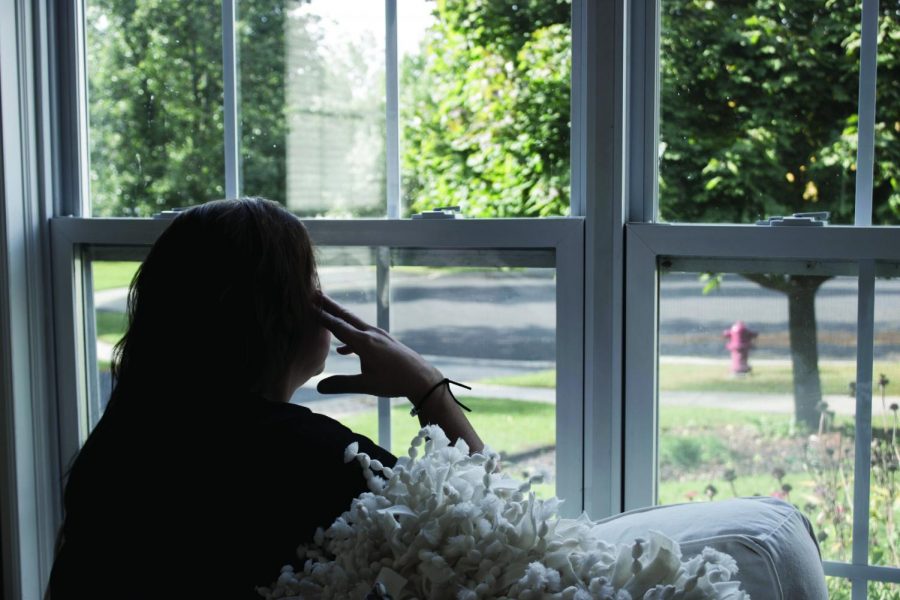Sad To See The Seasons Go
Change of weather, change of clothes, change of mood.
As October closes in and the weather gets colder day by day, the change in temperature is not only felt physically but also mentally. The change in seasons may bringing about sad and discouraging feelings and is known as Seasonal Affective Disorder.
Seasonal Affective Disorder, also known as SAD, is a form of depression that comes and goes with the seasons. Although the exactanone exact cause is yet to be pinpointed, biological research gives clues to the true exact origin. According to HelpGuide.org, people with SAD may struggle with regulating serotonin, an important neurotransmitter involved with mood, and may overproduce melatonin, a hormone that tells the body to sleep. Another reason people may experience SAD is a lack of vitamin D. Vitamin D is related to serotonin activity; therefore, a lack in vitamin D may be associated with significant depression symptoms.
Seasonal Affective Disorder can be felt in many different magnitudes. It is felt by those who were diagnosed with depression, but it is also felt by people who have not been diagnosed with depression. Anyone can sense this mood change.
Lakes Community High School sophomore Sophia Gesmundo has experienced many of the SAD symptoms.
“During the time from summer to fall I feel a lot of motivation loss and just all around lethargic,” Gesmundo said. “Which is odd because fall is my favorite season.”
Gesmundo has became very aware of her feelings change in feelings during this time of year. While she enjoys apple picking, sipping pumpkin spice lattes and many other fall activities, she still notices herself feeling tired and discouraged. This mood change can also cause students to feel less social and less willing to go out.
“If it’s like cold, rainy, or snowy I like to stay inside with a hot cup of cocoa,”cocao,” junior Tate Baker said.
The transition from summer to fall has left many students excited about the new food and activities that come with the arrival of autumn. However, the effects caused by the shift in weather makes it hard for students to actually partake in the activities that they get excited about. These feelings of discouragement and lack of motivation are not only prevalent in those who experience SAD but also those around them.
“If me or someone in my family or one of my friends is feeling off or particularly sad or it rubs off on everyone,” Gesmundo said.
People’s moods tend to affect others; this can lead to a rapid spread of SAD and its effects. With the commonality and expansion of the disorder, it may seem as though there is no hope. However, there are multiple solutions to help those who deal with SAD.
Depending on the severity of Seasonal Affective Disorder and if the patient has been previously diagnosed with depression, the treatments vary. Simple treatments include exercise, a healthy diet and increased time in the sunlight. It is also helpful to reach out to trusted family and friends who are willing to help. Seasonal Affective Disorder at its most severe can be treated with therapy and medication.
Seasonal Affective Disorder can affect any student at any intensity. While the transition from season to season can be a difficult time for some, it is important to learn how to cope with SAD and embrace the new up- and- coming season.



